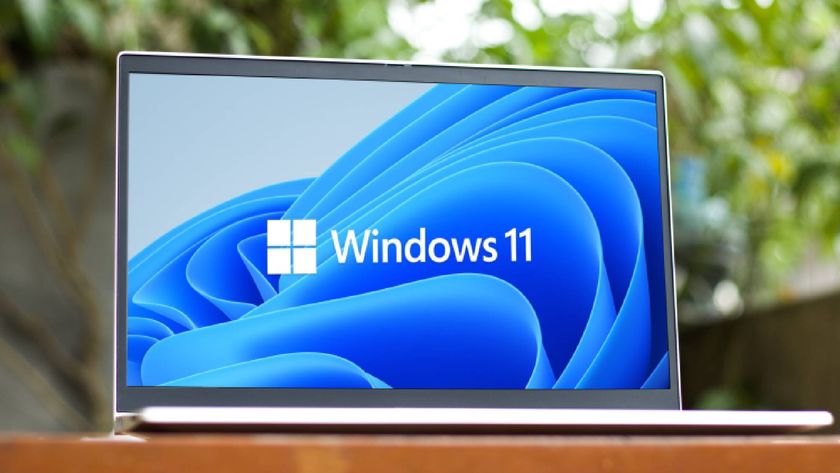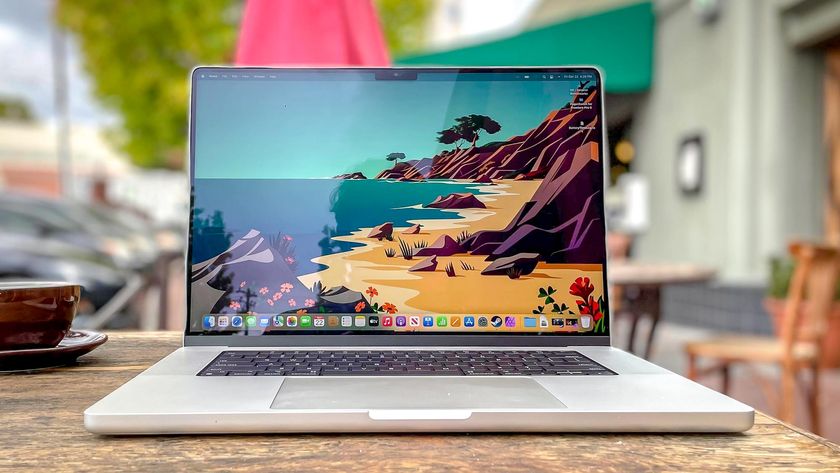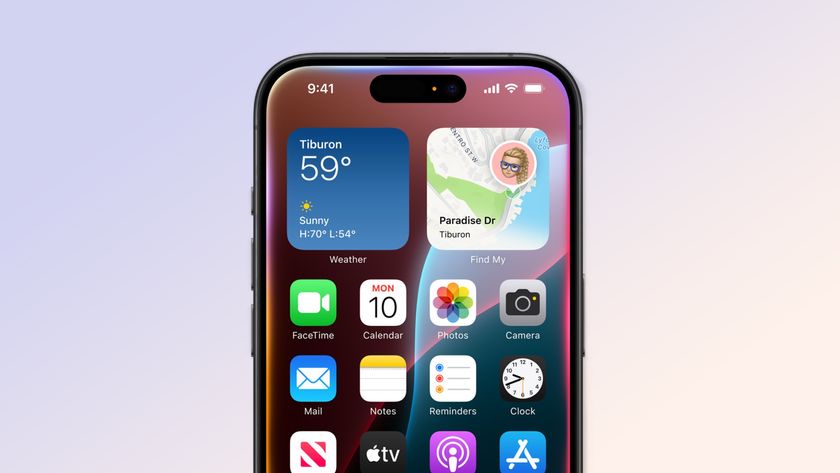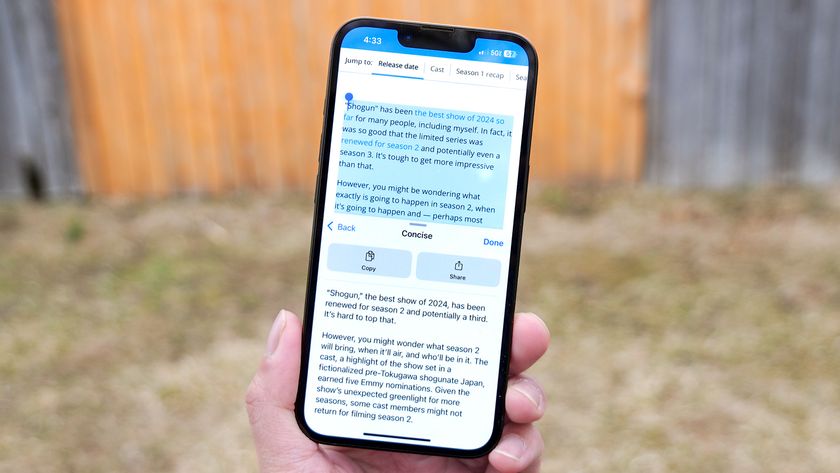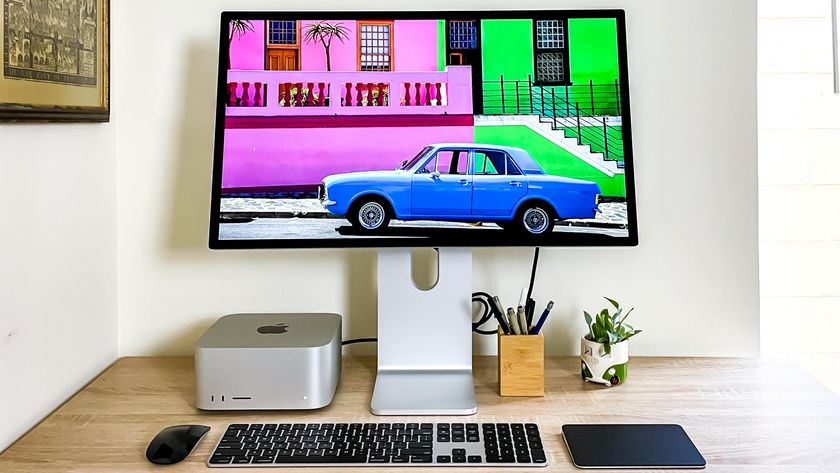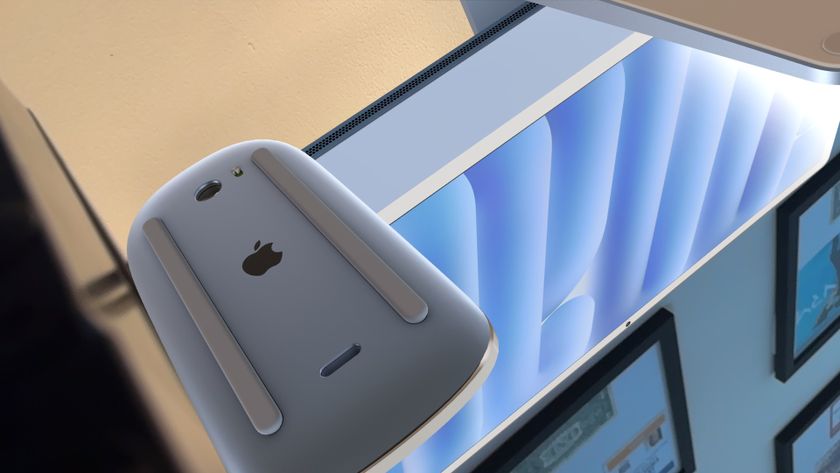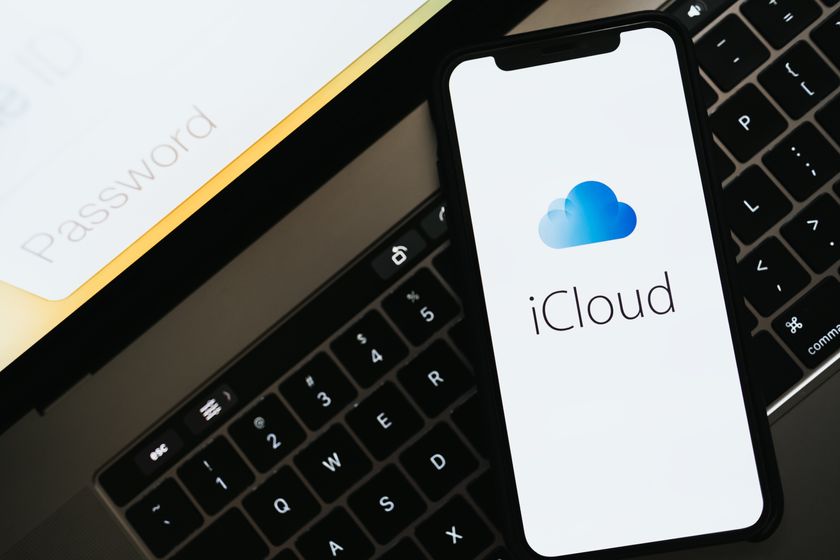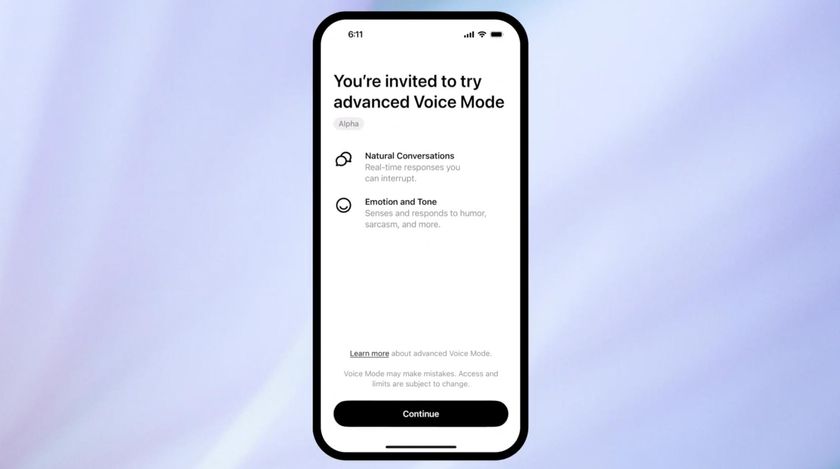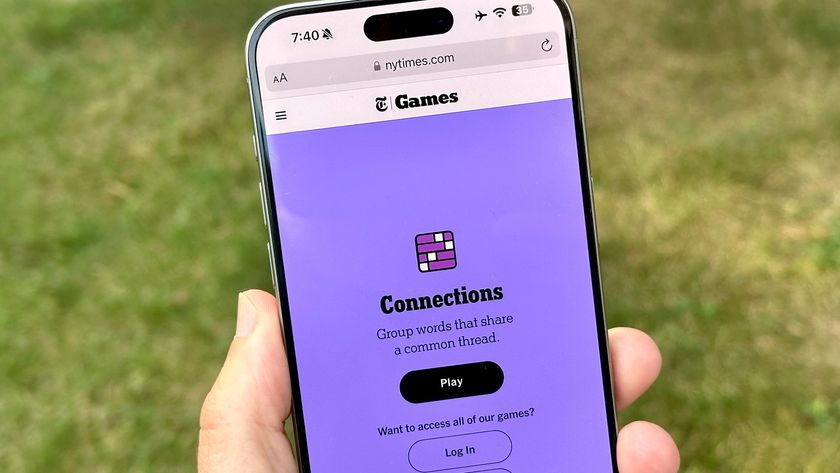macOS Monterey: 5 new features that will make your life easier
Of all the changes in macOS Monterey, these are the ones that could make your Mac experience run more smoothly

macOS Monterey is Apple's official name for macOS 12, and after months of speculation, we now know that the software update is coming to Macs this fall with a slew of new and upgraded features that could make your life a little easier.
As with many major macOS updates, the list of features Apple's introducing with macOS Monterey is long enough to make most users' eyes glaze over. Many of these new features are also coming to iPhone and iPad in some form, reflecting Apple's continued efforts to make its walled garden of devices more appealing and exclusive.
- iOS 15: All the new features coming to iPhone this fall
- How to download the macOS Monterey developer beta
- macOS 12 Monterey compatibility: See if your Mac can run it
Some of these new features also help make Apple products more competitive: Safari is finally getting tab groups to rival those of Google Chrome, for example, and FaceTime's new SharePlay feature will let you simultaneously watch videos with others remotely, a la Amazon Prime and Hulu's Watch Party modes.
Unless you're a developer, you'll have to wait at least a month to put these new features to the test. While the developer beta of macOS Monterey came out at the Worldwide Developers Conference, a public beta arrives in July ahead of the official launch this fall.
Once we've had time to muck about in the beta we'll have a much better idea of how impactful these new features are, and what they mean for the average user. For now, here's a brief rundown of the top features we're excited to see in macOS Monterey.
Universal Control in macOS Monterey
Universal Control is one of the big new features of macOS Monterey, though it’s only useful to those who own a Mac and at least one iPad. If you do, Universal Control will allow you to set them down near one another and use your Mac’s keyboard and mouse on the iPad by dragging the cursor from one screen to another.
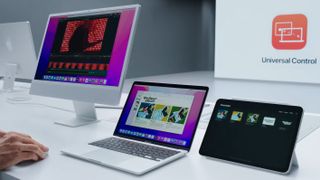
In the brief demo Apple showed during WWDC, Universal Control looks like magic: when your Mac detects an iPad (logged into the same iCloud account) is nearby via Bluetooth, you can drag the cursor to the edge of the screen and, after a brief animation helps you line up where the cursor will appear on the iPad, you can drag the cursor off the screen and see it appear (via a Wi-Fi Direct connection) on the iPad.
Sign up to get the BEST of Tom's Guide direct to your inbox.
Get instant access to breaking news, the hottest reviews, great deals and helpful tips.
The cursor defines which device is currently the focus of your keyboard, so once you mouse over onto your iPad via Universal Control you can use your Mac’s keyboard to type on the tablet. Plus, you can use the cursor to drag and drop files between devices, which should make it even easier to move media back and forth between tablet and computer.
Apple says Universal Control currently supports a maximum of three simultaneous devices, which means you could (if you're one of the few who can afford to keep all the hardware on hand) work seamlessly between an iMac, a MacBook and an iPad.
A revamped Safari
Safari is getting an overhaul aimed at making the browser a bit more streamlined. Most notably, Safari will soon allow you to organize open tabs into groups that are automatically updated and synced across all your devices, a feature already offered by browsers like Chrome and Edge.

You’ll be able to admire your new tab groups in a redesigned sidebar which also lets you manage your bookmarks, Reading List, and any “Shared with You” links others have sent you via the Messages app. The Shared with You list is a significant new piece of macOS 12 Monterey, and it will now appear by default in the Safari start page in addition to the sidebar.
These new features arrive alongside a cosmetic redesign which will see Safari’s tabs and tab bar streamlined to take up less space. Both will now shift colors dynamically to match the color palette of the site you’re looking at, which seems like a fun party trick.
SharePlay in macOS Monterey
SharePlay will give you some fun new ways of sharing media during FaceTime calls, like simultaneously watching the same show on Apple TV Plus or listening to music together via Spotify. It works across all Apple devices, from iPhones to iMacs, with picture-in-picture support and dynamic audio controls which will adjust the volume as people speak.
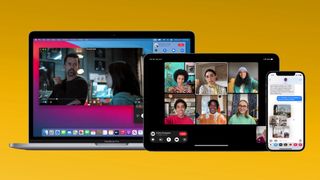
SharePlay will also let you share your screen with others on a FaceTime call, so it should be easier to do things like shop with a friend remotely or walk your parent through a technical problem. Apple will make a SharePlay API available to outside developers, too, so you can look forward to more support from more services going forward — at launch SharePlay will support a number of popular media apps, including Disney Plus, ESPN Plus, HBO Max, and Hulu.
Quick Note and Notes in MacOS Monterey
With macOS Monterey, the Notes app is getting an upgrade that will (among other things) make it easier to use collaboratively, as Notes users will get access to an Activity view which lets you see what changes others have made to a shared note. You'll also be able to mention collaborators, and they can get notifications when you do, which could make tasks like group vacation planning a bit smoother.
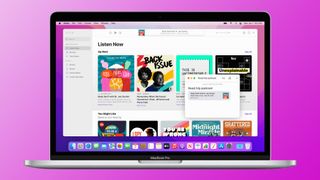
Macs will also get a new Quick Note feature with macOS Monterey that should make it easier to take notes about whatever website or app you're currently looking at, without having to stop and fire up the Notes app.
But Quick Note looks to be more than just a streamlined way of writing Notes: you'll also be able to add links to websites or other apps, as well as highlights from Safari. These notes will be stored in the Notes app and accessible across all your devices, but what's most notable is that Quick Notes tied to specific websites and apps will appear as thumbnails when you revisit those sites and apps down the road. That should make it easier to keep track of details across multiple apps and quickly pick up projects you're working on intermittently; at the very least, it should help forgetful sods like me banish sticky notes from their desks for good.
Focus in macOS 12 Monterey
Apple will introduce a more powerful way to set limits on what notifications you see and when with Focus, a new feature that's launching across macOS Monterey, iOS 15, and iPadOS 15.
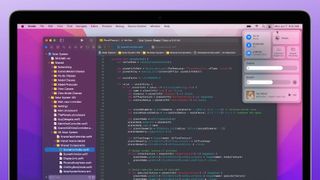
Focus elaborates on Apple's established "Do Not Disturb" mode by giving you more control over what notifications are filtered out and when; you could set up a Family focus mode for when you've logged off for the day and don't want to see any work-related notifications or messages, for example. And since Focus is synced across all your devices on the same iCloud account, you'll get the same filters on your iPhone and iPad.
Apple will ship macOS Monterey with a few Focus modes built in, but crucially you'll also have the ability to create your own. If Focus works on macOS the same way it will on iOS you'll also be able to customize which apps are shown while you're in specific Focus modes, which should make it easier to banish distractions while you're working — or stop checking email and Slack when you're not.
- iOS 15: The 15 best new features for your iPhone

Alex Wawro is a lifelong tech and games enthusiast with more than a decade of experience covering both for outlets like Game Developer, Black Hat, and PC World magazine. A lifelong PC builder, he currently serves as a senior editor at Tom's Guide covering all things computing, from laptops and desktops to keyboards and mice.
